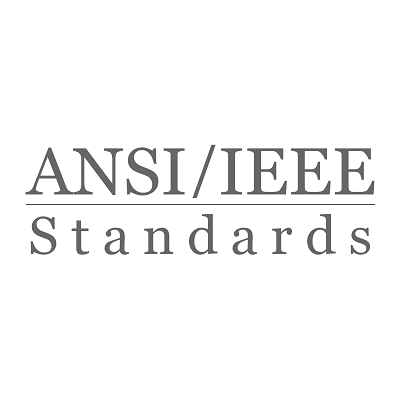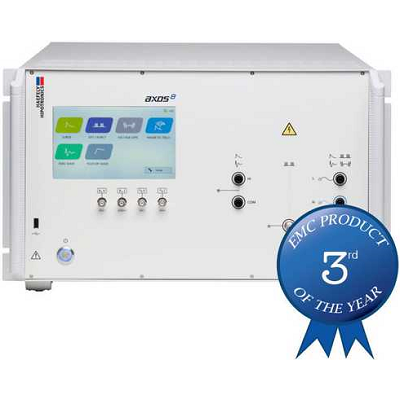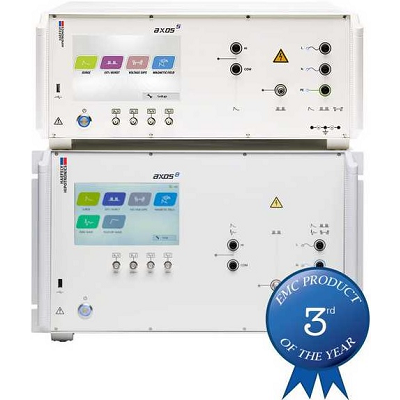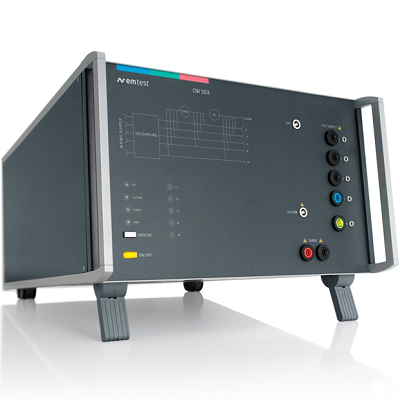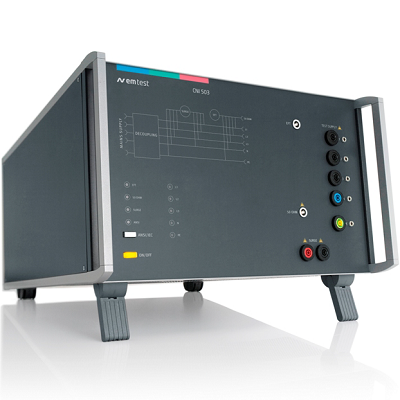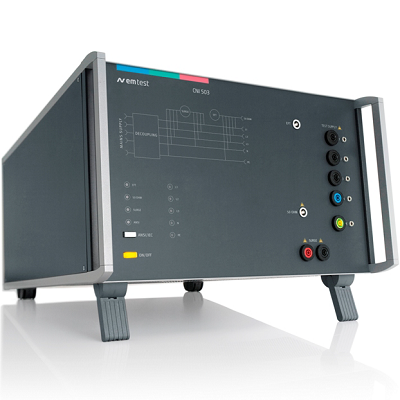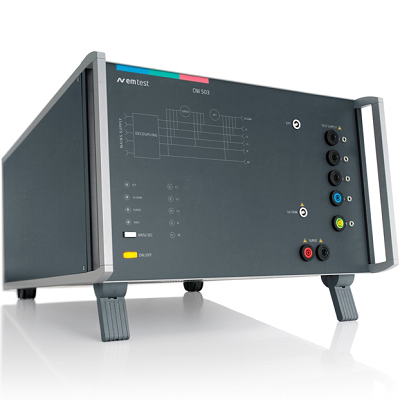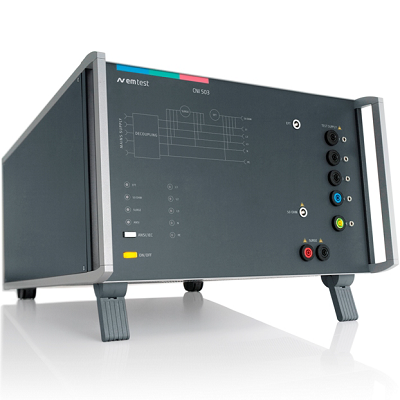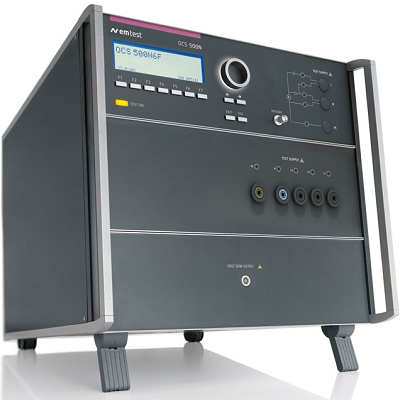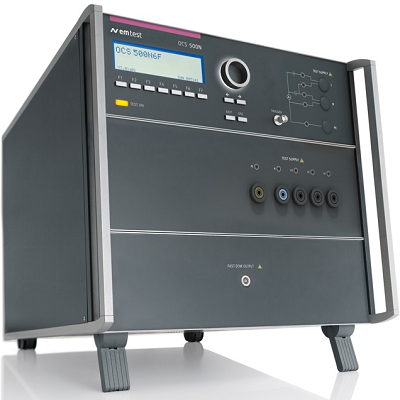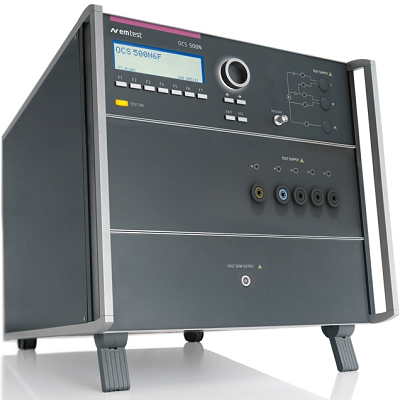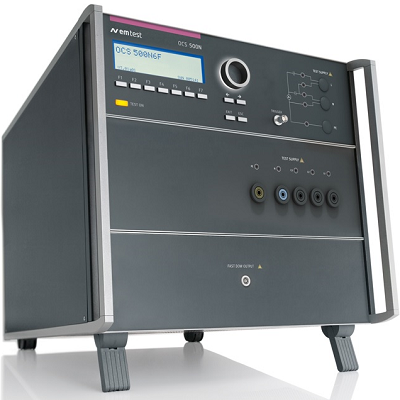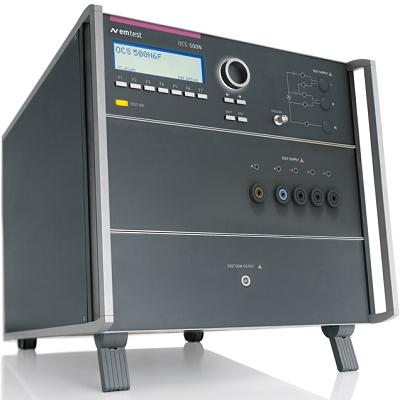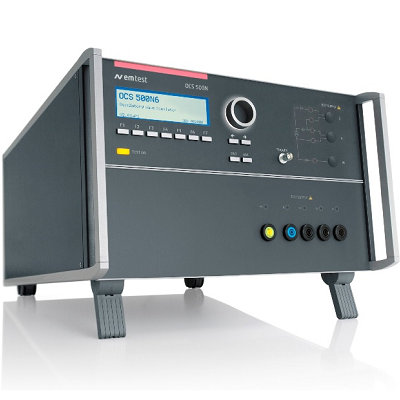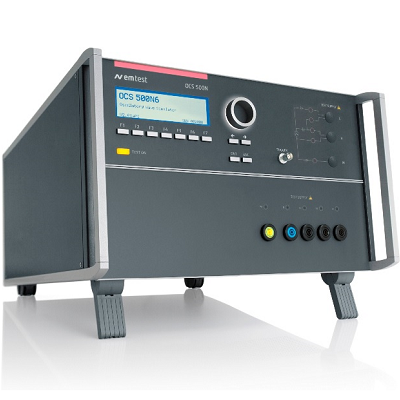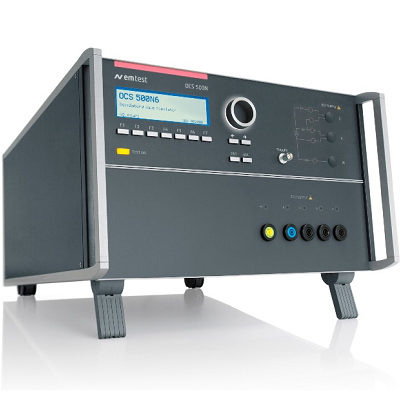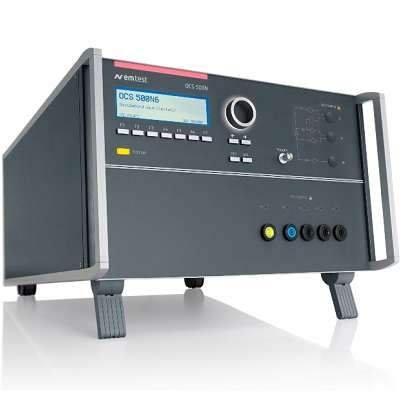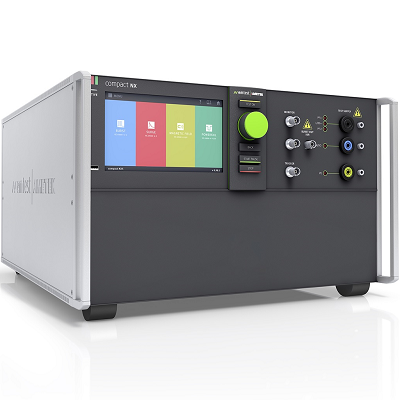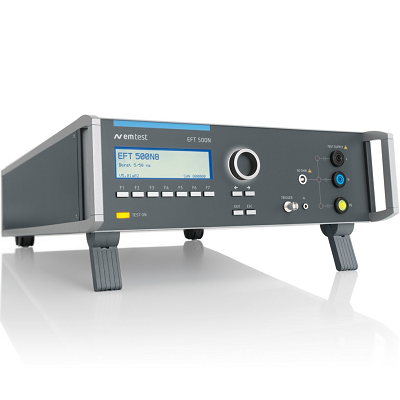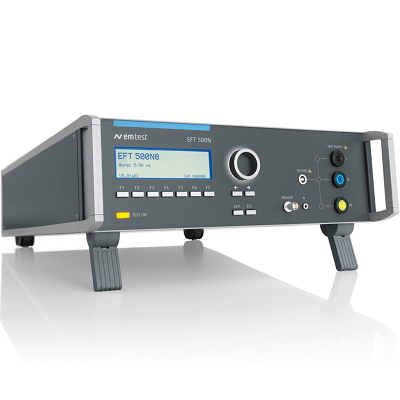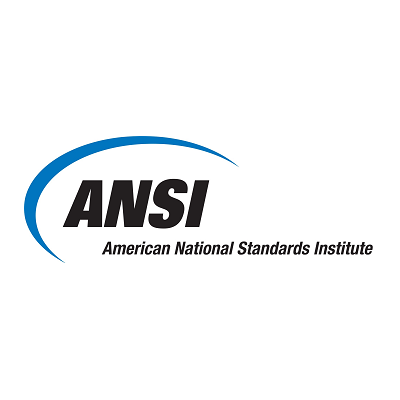
ANSI/IEEE C37.90
ANSI/IEEE C37.90 Relays and Relay Systems Associated with Electric Power Apparatus This IEEE standard applies only to relays and relay systems used to protect and control power apparatus. The purpose of this standard is to specify standard service conditions, standard ratings, performance requirements, and requirements for testing of relay and relay systems associated with power apparatus. Preview Standard

ANSI/IEEE C37.90.1
ANSI/IEEE C37.90.1 Surge Withstand Capability (SWC) Tests for Relays and Relay Systems Associated with Electric Power Apparatus The purpose of this standard specifies design tests for relays and relay systems that relate to the immunity of this equipment to repetitive electrical transients. Two types of tests are specified. The oscillatory and fast transient SWC tests are defined as distinct tests. However, it is not intended to prohibit a combined test, provided all requirements of the individual SWC tests are met. Preview Standard

ANSI/IEEE C62.41
ANSI/IEEE C62.41 Surge Voltages in Low-Voltage AC Power Circuits A practical basis is provided for the selection of voltage and current tests to be applied in evaluating the surge withstand capability of equipment connected to utility power circuits, primarily in residential, commercial, and light industrial applications. The recommended practice covers the origin of surge voltages, rate of occurrence and voltage levels in unprotected circuits, waveshapes of representative surge voltages, energy, and source and impedance. Three locations categories are defined according to their relative position from the building service entrance. For each category, representative waveforms of surge voltages and surge currents are described organized in two recommended 'standard waveforms' and three suggested 'additional waveforms. Note: this standard is superseded by C62.41.1-2002 Preview Standard

ANSI/IEEE C62.45
ANSI/IEEE C62.45 Surge Testing for Equipment Connected to Low-Voltage (1000 V and less) AC Power Circuits The scope of this IEEE recommended practice is the performance of surge testing on electrical and electronic equipment connected to low-voltage ac power circuits, specifically using the recommended test waveforms defined in IEEE Std C62.41.2 -2002. Nevertheless, these recommendations are applicable to any surge testing, regardless of the specific surges that may be applied. The purpose of this standard is to provide guidance on applying surge testing to ac power interfaces of equipment connected to low voltage (up to 1000 V rms) ac power circuits that are subject to transient overvoltages. These transients may be defined by any applicable document, such as IEEE Std C62.41-19912 or IEC 664-1. Preview Standard

ANSI/IEEE C63.16
ANSI/IEEE C63.16 Electrostatic Discharge Test Methodologies and Acceptance Criteria for Electronic Equipment The purpose of this standard describes methodologies for electrostatic discharge (ESD) testing of electronic equipment. The test methods and parameters are chosen for standardization and repeatability of test results. This standard also recommends test criteria for evaluating equipment exposure and response to ESD. This standard does not set ESD test limits nor deal with equipment transient response to lightning, high-voltage breakdown, dielectric withstand, power line corona, or nuclear electromagnetic pulse. Expanded explanations, best practices, and guidance for avoiding the pitfalls associated with electrostatic discharge (ESD) testing to IEC and other international ESD standards are provided and should be considered a supplement to these standards, rather than a replacement. Unique ESD test procedures related to connecting charged peripherals to equipment in use are also included. Preview Standard

